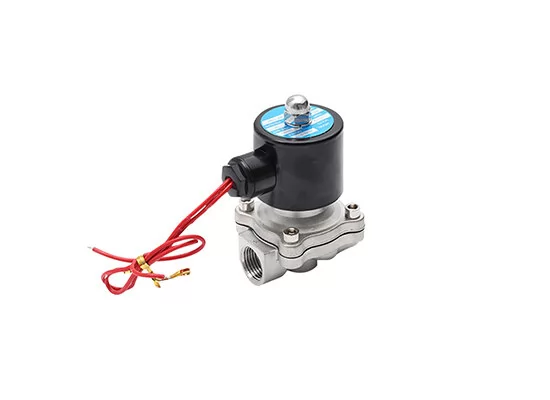Jan 14, 2025
Solenoid valves are crucial components in pneumatic and hydraulic systems, controlling the flow of liquids or gases in response to electrical signals.
Proper installation is essential for ensuring efficient operation, preventing malfunctions, and extending the lifespan of the valve.
When installing a solenoid valve, there are several key steps to ensure proper operation, safety, and longevity of the valve.
Here’s a comprehensive guide:

Orientation: Always install the solenoid valve according to its specified orientation. Most solenoid valves are designed to function in a specific direction (flow direction).
The valve should be installed in the pipeline following the direction of flow indicated by the arrow on the valve body.
Vertical or Horizontal Installation: Some valves are designed for specific mounting positions.
Ensure that the valve is installed in the correct position, as specified in the manufacturer’s guidelines.
Typically, solenoid valves can be installed in any orientation, but always confirm with the manufacturer's instructions.
Ensure that the solenoid valve operates within the recommended voltage and current ranges. Incorrect power supply can cause improper valve operation or even damage the valve.
Double-check the voltage ratings on the nameplate or the manufacturer’s documentation.
Pipe Size: Ensure that the solenoid valve is compatible with the pipe size in the system. An improper match may lead to inefficiency, leaks, or failure.
Pipe Cleaning: Before installation, make sure the pipes are clean and free of debris. Contaminants in the system can clog the valve, impair its functionality, or cause damage.
Install the solenoid valve in a location where it is protected from excessive vibrations. Vibration can affect the solenoid coil’s performance and cause damage over time. If needed, use vibration dampeners or mounting brackets.
Ensure that the solenoid valve is installed in an environment where the temperature stays within the recommended operating range.
Extreme temperatures can affect the performance and lifespan of the valve, especially in high-temperature environments or when using specialized solenoid valve materials.
Before connecting the valve, check the sealing surfaces for any dirt or defects. A good seal is necessary to avoid leaks in the system.
Proper sealing materials, such as gaskets or thread sealants, should be used according to the manufacturer’s recommendations.
Make sure the solenoid coil is properly connected to the electrical power source. Pay close attention to wiring, ensuring that there are no loose connections that could cause a malfunction.
Use appropriate connectors and follow the wiring diagrams provided by the manufacturer.
After installation, perform a test to ensure that the valve operates correctly. Check for leaks, proper flow control, and that the solenoid coil is energized as intended. Conduct multiple tests to confirm the system’s integrity.
Install the valve in a location where it is easily accessible for future maintenance and troubleshooting. Regular maintenance, such as cleaning and inspecting the valve, will help prolong its service life.
By paying attention to these important details during installation, you can ensure the solenoid valve operates efficiently and reliably, contributing to the smooth functioning of your pneumatic or hydraulic system.
You May Interest In
FOKCA ©1998-2025 All Rights Reserved Sitemap